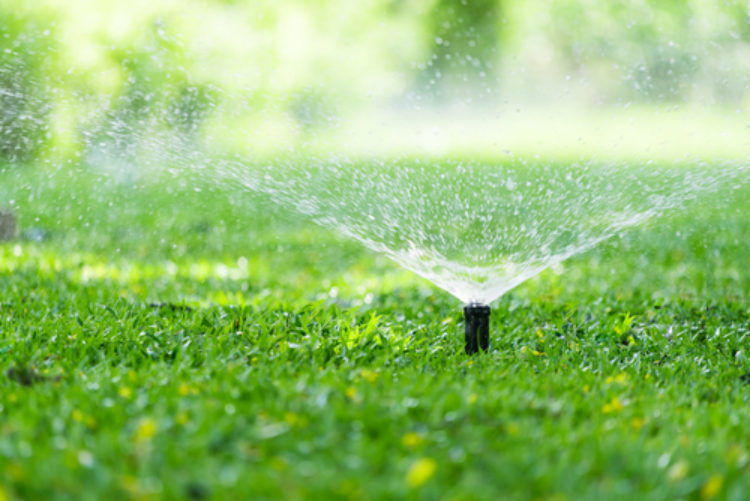image source: https://www.nicenstripy.com
Welcome to our guide on how often you should water your lawn! As a homeowner, it’s important to properly care for your lawn to keep it healthy and looking its best. One common question that often arises is “how often should I water my lawn?” In this article, we’ll provide you with all the information you need to know to determine the best watering schedule for your lawn and ensure it stays lush and green all season long. So, let’s dive in and learn the key factors to consider when it comes to watering your lawn.
The Ultimate Guide: How Often Should I Water My Lawn for a Beautiful and Healthy Yard?
A lush, green lawn is the pride and joy of many homeowners. It adds curb appeal, provides a space for outdoor activities, and can even increase the value of your property. However, achieving and maintaining a beautiful and healthy lawn requires proper watering. So, the question on every homeowner’s mind is, how often should I water my lawn? The answer depends on various factors, such as the type of grass, soil, climate, and season. In this guide, we will break down the watering needs of your lawn and provide you with tips on how to keep it looking its best.
Understanding Your Lawn’s Water Needs
Before we dive into how often you should water your lawn, it’s essential to understand the water needs of your specific lawn. The type of grass you have plays a significant role in determining how much water it needs. Cool-season grasses, such as Kentucky bluegrass and fescue, thrive in cooler climates and require more frequent watering. On the other hand, warm-season grasses, like Bermuda and Zoysia, are more drought-resistant and need less water. Knowing the type of grass you have will help you determine the appropriate watering schedule.
Another crucial factor is the soil type. Sandy soils drain quickly, so they may need more frequent watering. On the other hand, clay soils retain water for longer periods, so they may require less water. It’s also essential to consider the depth of your lawn’s roots. Deeper roots can access water from lower soil layers, so they may not need as much watering as shallow-rooted grass.
Additionally, the climate and season play a role in your lawn’s water needs. In hot and dry climates, your lawn will need more frequent watering to stay healthy. During the summer months, when temperatures are high, your lawn will also require more water to survive. In contrast, cooler climates or rainy seasons may require less frequent watering.
Signs That Your Lawn Needs Watering
Knowing when to water your lawn is just as crucial as knowing how often. Here are some signs that your lawn needs watering:
1. Footprints or tire tracks remain visible on the lawn.
2. The grass blades are wilted, folded, or discolored.
3. The soil is dry and cracked.
4. The lawn has a bluish-gray tint.
5. The grass doesn’t spring back after being walked on.
If you notice any of these signs, it’s time to water your lawn.
General Watering Guidelines
While the specific watering needs of your lawn may vary, there are some general guidelines you can follow to ensure your lawn stays healthy and beautiful.
1. Water deeply: It’s better to water your lawn deeply (about 6 inches) once or twice a week rather than shallowly every day. This allows the water to reach the roots and encourages deeper root growth.
2. Water in the morning: Watering in the morning allows the water to soak into the soil before the sun evaporates it. This reduces the risk of fungal diseases and ensures your lawn stays hydrated throughout the day.
3. Avoid over-watering: Over-watering can lead to waterlogged soil, which can suffocate the roots and promote the growth of fungus and weeds. A good rule of thumb is to give your lawn about 1 inch of water per week, including rainfall.
4. Use a rain gauge: A rain gauge can help you keep track of how much water your lawn is receiving from rainfall. If it hasIn conclusion, the frequency of lawn watering is a crucial factor in maintaining a healthy and vibrant lawn. By understanding the specific needs of your lawn, such as soil type, climate, and grass type, you can determine how often you should water your lawn. It is recommended to water deeply and infrequently, allowing the water to penetrate the soil and reach the roots. Remember to also adjust your watering schedule based on weather conditions and seasonal changes. By following these tips, you can ensure that your lawn stays hydrated and thriving throughout the year. So, next time you ask yourself “how often should I water my lawn?”, remember to consider these important factors for a lush and green lawn.
